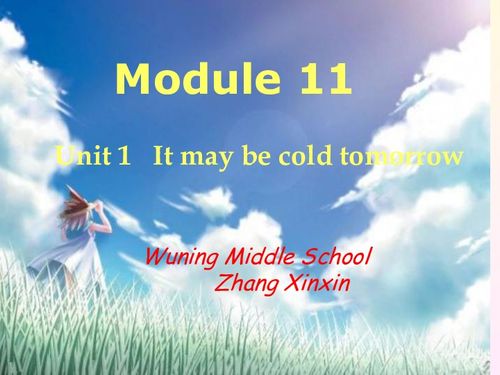Content:
As the temperatures drop and the air turns crisp, many anglers might find themselves hesitant to venture out onto the river. However, cold weather fishing can be both a challenging and rewarding experience. The key is to adapt your techniques to the changing conditions. Here's a comprehensive guide to mastering the art of river fishing during the colder months.
Understanding Cold Weather River Conditions
Water Temperature: Cold water holds less oxygen, which can affect fish activity. Understanding the water temperature is crucial for choosing the right fishing spots and baits.
Fish Behavior: Cold weather often causes fish to become more lethargic and less active. They will often seek out deeper, warmer waters and move slower. Adjust your tactics accordingly.
Weather Patterns: Pay attention to weather forecasts. Strong winds, rain, and snow can make fishing difficult and even dangerous. Choose calm, overcast days for the best results.

Essential Gear for Cold Weather River Fishing
Rod and Reel: A lightweight, sensitive rod is ideal for cold weather fishing. A spinning rod with a good graphite blank is a versatile choice. Match it with a reel that's durable and has a smooth drag system.
Line: Use a monofilament line with a lower rating (6-8 pounds) to handle the light bite of cold water fish. Fluorocarbon line is also a good option as it is less visible in cold water.
Tackle: Keep your tackle box well-stocked with a variety of lures, baits, and hooks. Live bait, such as worms or minnows, can be particularly effective during cold weather.
Clothing: Dress in layers to stay warm and dry. Wear a waterproof, breathable jacket, insulated pants, a thermal undershirt, and a good quality hat and gloves.
Cold Weather River Fishing Techniques
Choose the Right Time: Fish are most active during the first few hours of daylight and the last few hours before dusk. Plan your fishing trips around these times.
Deep Water: As mentioned earlier, fish tend to move to deeper waters during cold weather. Look for holes, drop-offs, and structure that can provide fish with protection and warmth.
Subsurface Fishing: Since fish are less active, they may not rise to the surface as often. Use lures that fish can feel on the bottom, such as jigs, spoons, or sinkers.
Live Bait: Live bait can be more effective in cold water. It's more natural and can entice fish that are less willing to bite. Use a slow, steady retrieve to mimic the natural movement of the bait.
Adjust Bait Colors: In low-light conditions, brighter colors can be more visible to fish. Use bright or neon-colored lures or baits to attract attention.
Patience is Key: Cold weather fishing requires patience. Fish may not bite as quickly, so be prepared to wait longer between strikes.
Be Mindful of Ice: If you're fishing on a frozen river, always check for ice thickness and safety before stepping out. Ice fishing can be a whole different ball game, requiring specialized gear and techniques.
Final Thoughts
Cold weather river fishing can be a delightful challenge for anglers who are willing to adapt to the conditions. By understanding the behavior of fish in cold water, choosing the right gear, and employing effective techniques, you can enjoy successful fishing trips even when the temperatures drop. Remember to prioritize safety, dress appropriately, and respect the natural environment. With the right mindset and a bit of perseverance, cold weather river fishing can be a memorable and enjoyable experience.












